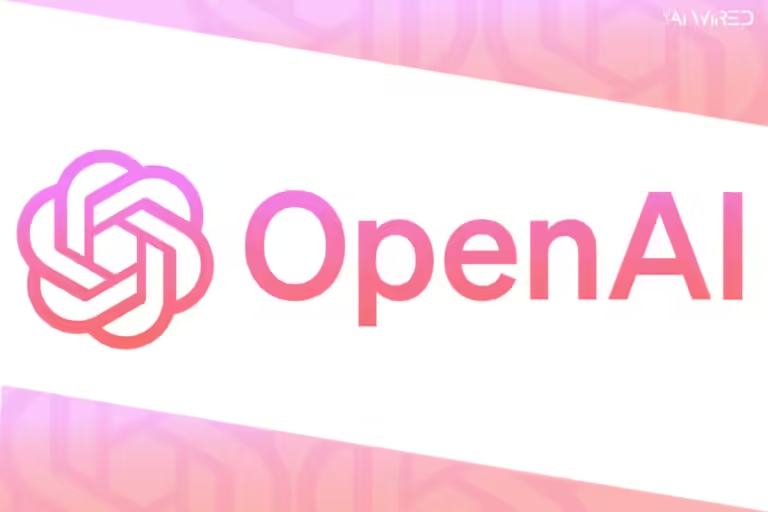
Microsoft Uses AI Digital Twin to Transform St. Peter’s Basilica Experience
Microsoft’s AI-powered digital twin lets you explore St. Peter’s Basilica. It’s a virtual copy made from 400,000 high-resolution images that help with visitor flow, preservation, and interactive experiences.
On November 11, the Vatican and Microsoft announced the launch of a digital twin of St. Peter’s Basilica. It uses AI to explore one of the world’s most important landmarks and help the Holy See manage visitor flows and find conservation issues.
We made the digital replica from 400,000 high-resolution photos taken with drones, cameras, and lasers over four weeks when no one was in the basilica. It is going online along with two new exhibits on-site to give visitors, both real and virtual, an interactive experience.
He told a Vatican press conference, “It is one of the most technologically advanced and sophisticated projects of its kind that has ever been pursued.” Smith is the president of Microsoft.
The Vatican expects more than 30 million pilgrims to pass through the basilica’s Holy Door during its 2025 Jubilee, a holy year. This is on top of the 50,000 people who visit every day. Monday, Pope Francis met with Smith and members of the project’s development teams. He told them, “Really, everyone should feel welcome in this great house.”
The digital platform allows people to schedule times for entry into the basilica, a first for one of the world’s most popular tourist spots, which typically has lines of tourists waiting for hours to get in.
However, the most important part of the project is making a digital twin of St. Peter’s Basilica using advanced photogrammetry and AI. This will let anyone “visit” the church and learn about its history. Smith said that the digital preservation company Iconem helped create the very accurate 3D copy, which contains 22 petabytes of data—enough to fill five million DVDs.
The images have already detected structural damage and signs of deterioration, such as missing mosaic pieces and unseen cracks and fissures, with speed and accuracy far beyond human capabilities.
Pope Francis Calls for Global AI Regulation
Francis has pushed for the moral use of AI and used his annual World Message of Peace to call for an international treaty to regulate it. He said technology lacking human values like kindness, forgiveness, compassion, and morality was too big of a problem.
On Monday, he thanked the Microsoft team and Basilica workers who were in charge of the project. He was amazed at how modern technology was helping to spread an old religion and protect a piece of world heritage. In 2026, the basilica will celebrate a remarkable milestone, marking the 400th anniversary of its dedication.
“Those who came before us in faith and apostolic ministry have given us this house of prayer for all peoples,” he told Smith and the group. In a spiritual and material sense, taking care of it is both a gift and a duty, even with today’s high-tech tools.
Smith wouldn’t say how much Microsoft invested in the project, only saying that it was “substantial” and that it came about because Francis started a movement in 2018 to get tech companies to work together to promote AI that is fair to people of color.
He talked about how Microsoft had used AI in projects like this at Mont Saint-Michel in France and Ancient Olympia in Greece. St. Peter’s is the world’s biggest Catholic church, with room for over 60,000 people. It is a UNESCO World Heritage Site and home to the tomb of St. Peter, who Catholics believe was the first bishop of Rome and, by extension, the first pope.
Emperor Constantine I began building it on the site of a basilica in 1506 and completed it in 1626. Bramante, Michelangelo, Maderno, and Bernini were some of its most important architects.


